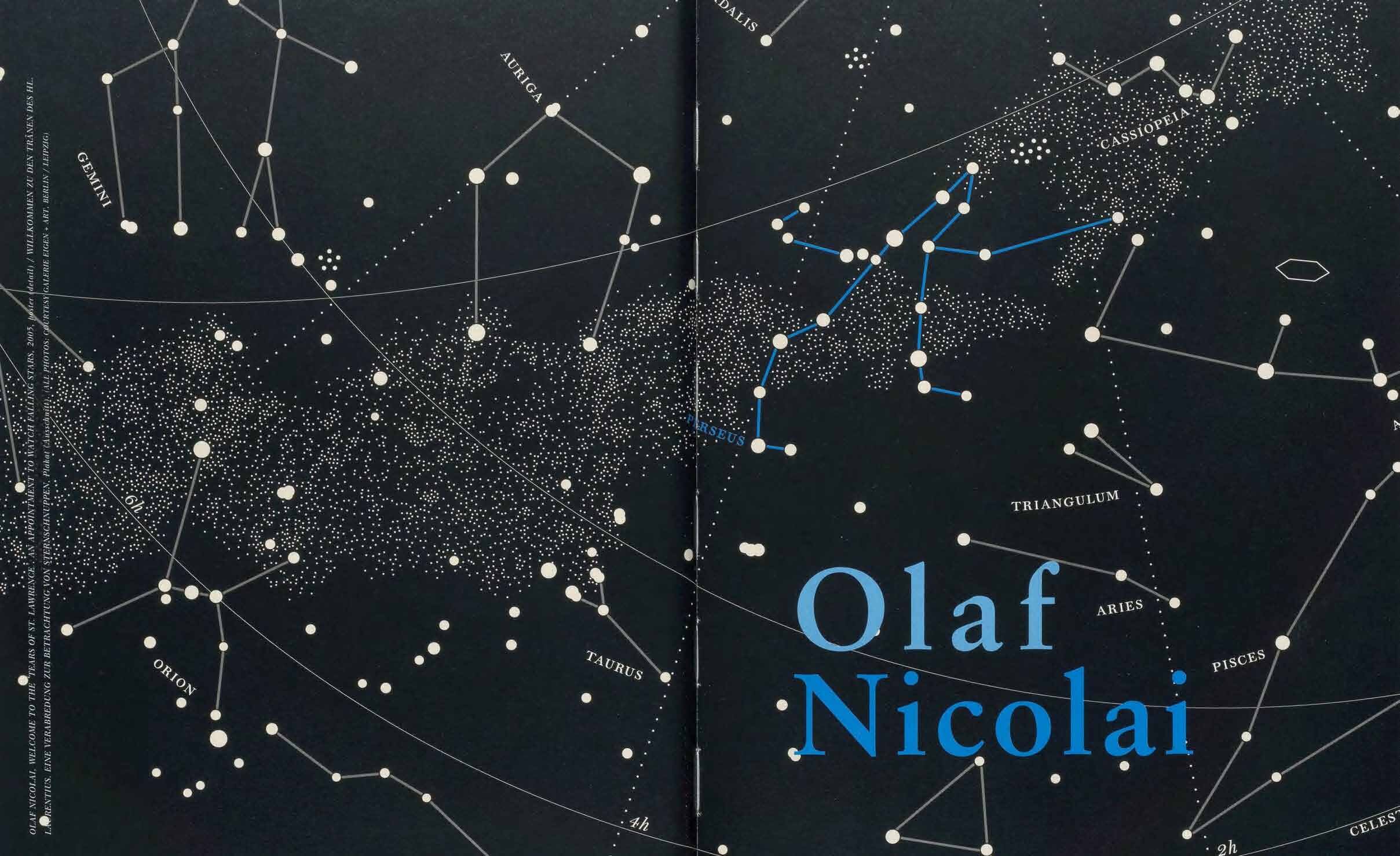 Image 1 of
Image 1 of


Parkett Vol. 78 - 2006 | Ernesto Neto, Olaf Nicolai, Rebecca Warren
Ernesto Neto
Read a selected text (PDF)
View edition
Olaf Nicolai
Read a selected text (PDF)
View edition
Rebecca Warren
Read a selected text (PDF)
View edition
Insert: Anne Collier (PDF)
Spine Koo Jeong-A
Cumulus
On Curating in the 2000’s by Kate Fowle (PDF)
Exhibition Report from Bethlehem by Simon C. Grant (PDF)
Miscellaneous:
Vito Acconci by Marjorie Perloff (PDF)
Erwin Wurm by Abraham Orden (PDF)
U.S. & Canada
Please place your order through our distributor D.A.P. here.
Ernesto Neto
Read a selected text (PDF)
View edition
Olaf Nicolai
Read a selected text (PDF)
View edition
Rebecca Warren
Read a selected text (PDF)
View edition
Insert: Anne Collier (PDF)
Spine Koo Jeong-A
Cumulus
On Curating in the 2000’s by Kate Fowle (PDF)
Exhibition Report from Bethlehem by Simon C. Grant (PDF)
Miscellaneous:
Vito Acconci by Marjorie Perloff (PDF)
Erwin Wurm by Abraham Orden (PDF)
U.S. & Canada
Please place your order through our distributor D.A.P. here.
Ernesto Neto
Read a selected text (PDF)
View edition
Olaf Nicolai
Read a selected text (PDF)
View edition
Rebecca Warren
Read a selected text (PDF)
View edition
Insert: Anne Collier (PDF)
Spine Koo Jeong-A
Cumulus
On Curating in the 2000’s by Kate Fowle (PDF)
Exhibition Report from Bethlehem by Simon C. Grant (PDF)
Miscellaneous:
Vito Acconci by Marjorie Perloff (PDF)
Erwin Wurm by Abraham Orden (PDF)
U.S. & Canada
Please place your order through our distributor D.A.P. here.
Browse Selected Texts and more on the Collaboration Artists
Artist Insert
Editorial
What a difference between the “good old formalism” of the past and the kaleidoscopic sweep of today’s treatment of form! When Ernesto Neto, Olaf Nicolai, and Rebecca Warren tackle the challenge of shaping and forming worlds of their own making, they know full well that their visual feats of alchemy and engineering will unlock an unruly array of semantic potential that changes with every work.
The personal universe that each inhabits could not be more different, and yet all three artists draw their energy and inspiration from the same vast pool of collectively conditioned being, perception, and thinking.
Ernesto Neto’s works rest on the paradox between a thoroughly self-assured visual lightness and a rampant, luxuriating presence, which provokes both distress and enchantment. The shells of his sculptural inventions are often shipped across oceans in deceptively small packages, developing the full thrust of their potential only upon arrival. Neto’s most spectacular work to date, LEVIATHAN THOT (2006), has taken up residence in a place fraught with history: the overwhelming vault of the Panthéon in Paris.
In her “inquisitive inhabiting of artistic practices of the past” (Martin Herbert), Rebecca Warren atomizes matter, such that a particle of dust, a woolen pompom and the venerable metal, bronze, do not stand as opposites but rather as elements in the psychodynamically charged echo chamber of form. Her work is alight with memory-triggering flashes of art historical allusion that demand a radical “re-perception,” a prolonged second look, which is also of the essence in the study of Olaf Nicolai’s artistic investigations and projects, as Charles Esche observes. Anne von der Heiden describes the imaginary work of art that results. It is the virtual “arrangement of visual rays” in Nicolai’s contribution to the Venice Biennale (2005), where the artist called upon the public to keep an eye out for falling stars, for ‘The Tears of St. Lawrence.’
In the Insert, Anne Collier presents a kind of pop-cultural “Homage to the Square” by enlisting the services of the now defunct LP cover and its role as harbinger of happiness in stimulating images, moods, and attitudes. The artist’s cool dissection of this resurrected romanticism owes its existence exclusively to the “ennobling” faculty of photography that can rely on the unfailing reflexes of viewers schooled in formalism.
Table of Content
Speech Bubbles, Notes on Andro Wekua by Tirdad Zolghadr
Cindy’s Original Scene: Sherman’s Early Film Doll Clothes by Gabriele Shor
Rebecca Warren
Mad and Ugly by Neal Brown
Pressure Zone by Martin Herbert
Trying it on I Suppose by Catherine Lampert
Olaf Nicolai
Inside the Outside by Vincent Pécoil
Re-Perceptions by Charles Esche
In Abeyance, of: Views and Visual Rays by Anne von der Heiden
Ernesto Neto
A Daydream: In Ernesto Neto’s Globiobabel Nudelioname Landmoonia by Philip Ursprung
Leviathan Thot: A Politics of the Plumb by Paulo Herkenhoff
New Places of Contemplation by Yuko Hasegawa
Anne Collier, Insert
Erwin Wurm: Beginning with a Single Step by Abraham Orden
Vito Acconci, Conceptual Poetry: Old and New by Marjorie Perloff
Growing Pains, Cumulus from America by Kate Fowle
Notes from the Wall, Cumulus from Europe by Simon C. Grant




